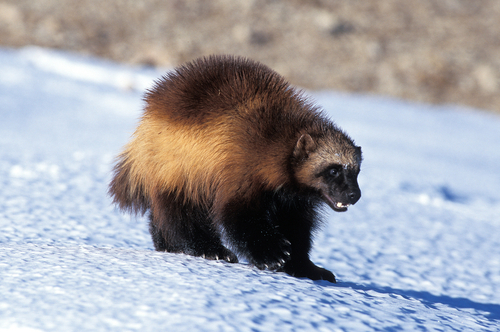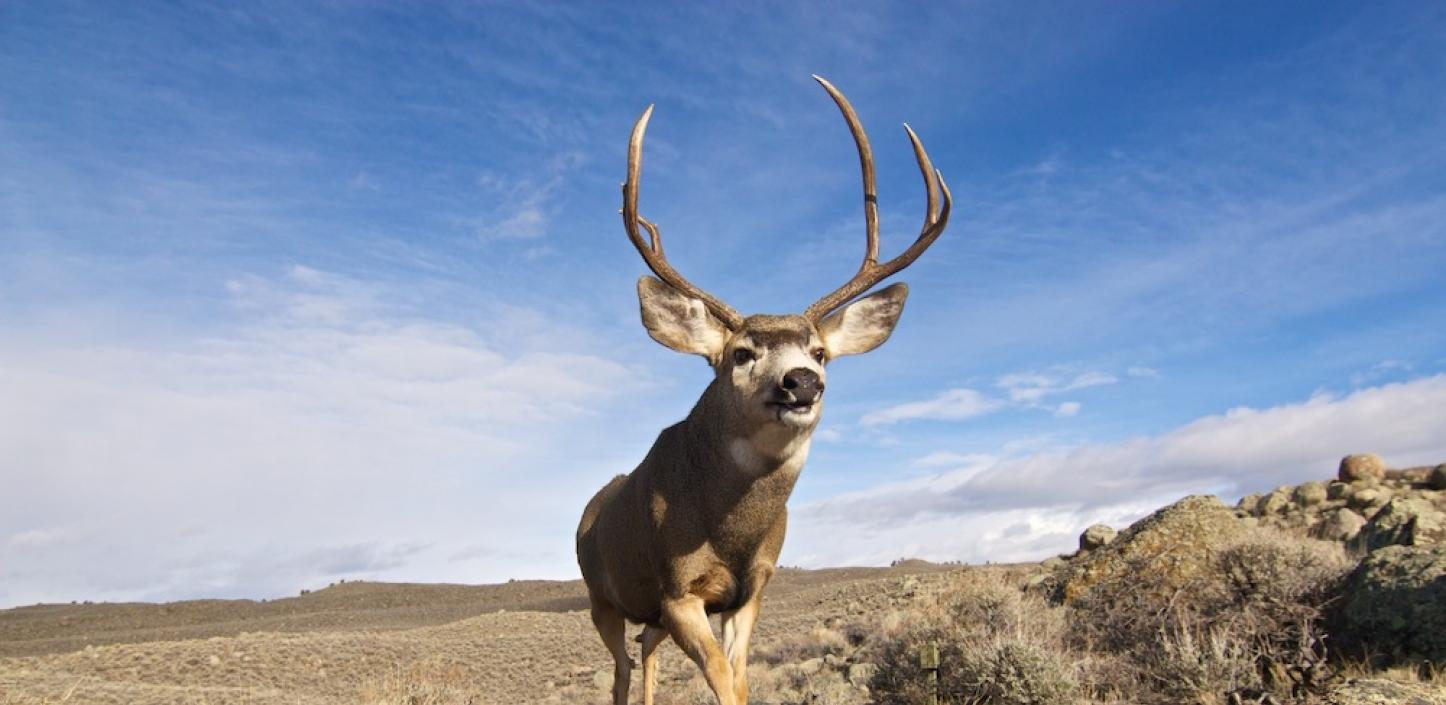
Status of Wolverines in Montana
According to a Montana federal judge, in 2020 the Trump administration failed to
properly evaluate the status of wolverines. The administration declined to
recommend federal protections for the species.
There is an estimated 300 wolverines in the contiguous United States. They live in
remote, cold, and high elevation areas, such as Idaho, Montana, and Wyoming,
though it is more common to see them in Alaska and Canada. The low number
brought into question whether or not they should be on the endangered species list.
U.S. District Judge Donald Molloy gave the Fish and Wildlife Service 18 months to
redo the analysis and determine if they should be placed on the list.
Conservation groups believe increased snowmelt and habitat loss due to climate
change has negatively affected the species, though research suggests the species’
numbers were actually increasing.
As of 2022, Fish and Wildlife Service re-evaluated the previous status of wolverines
in light of new scientific information. Wolverines have been proposed for listing as
“threatened” under the Endangered Species Act.

Wyoming to Protect Migrations
The State of Wyoming and the U.S. Department of Agriculture announced a new
bipartisan partnership to support big game working lands conservation in
Wyoming. The goal is to encourage private landowners to participate in conservation of migration corridors on their land.
Wyoming Governor, Mark Gordon, signed an executive order directing Wyoming to
protect migrations. This partnership is from recent efforts to conserve critical
migratory corridors for elk, mule deer, and pronghorn.
Instead of creating burdens for landowners, these efforts need to be a fair
partnership to be successful. State and federal leaders are committed to working
with landowners to provide incentive-based tools for conservation of private lands.
Voluntary cooperation and engagement with the ranchers and farmers is an
important step to joining with property owners as equal partners in providing
habitat for migratory wildlife.
With private land covering 6 million acres, or 30 percent of the Greater Yellowstone
Ecosystem, these private working lands are essential to the survival of migratory
wildlife. Providing for wildlife often comes at an economic cost making it harder on
ranchers and farmers. This economic burden is due to wildlife tearing down fences,
spreading diseases, and eating food the livestock depend on.
In 2021, numerous conservation organizations and the Property and Environment
Research Center (PERC) brought awareness to efforts to protect migration corridors
on private land. The idea is federal agencies need to do conservation with private
landowners, not to them. Conservation easements, financial assistance, and
technical assistance still remain, as well as a new volunteer opportunity for
conservation leasing courtesy of state and federal officials.
